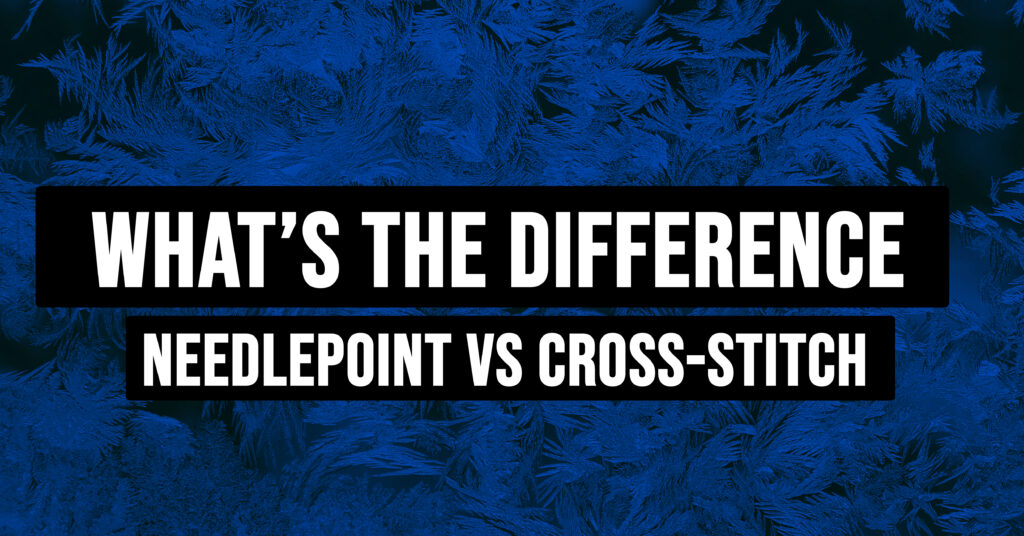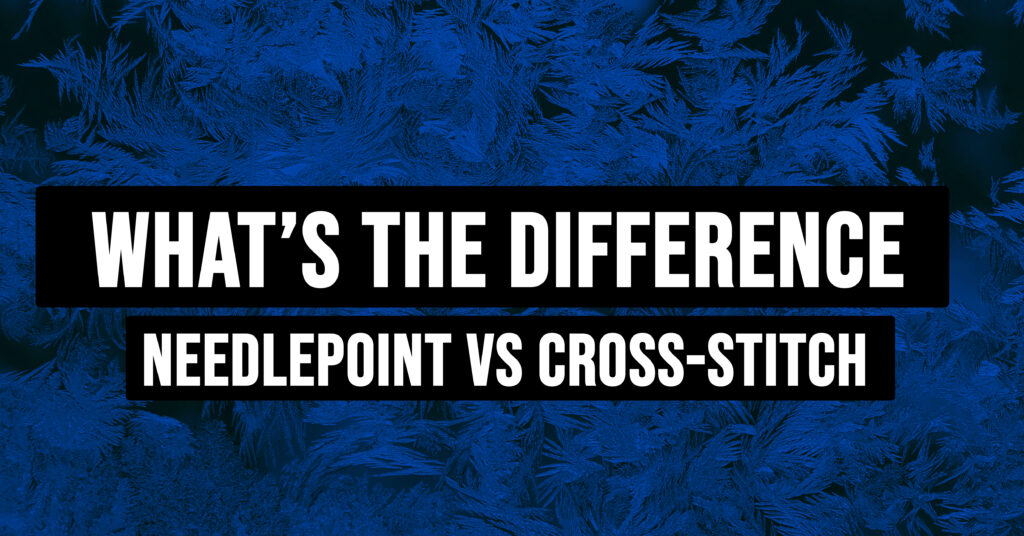“Half the labour, twice the fun!” says needlepoint. That’s what we tell visitors to our store who have never tried needlepoint but have done cross stitch.
Cross Stitch
All of this is, of course, in good humor, as needlepoint and cross stitch are both enjoyable, soothing hobbies that improve our brain clarity, manual dexterity, and overall wellness. Practically speaking, the cross stitch and the fundamental needlepoint stitch are about half of one other. You can use a cross stitch and a number of other stitches on your needlepoint canvas. In recent years, cloth, thread, and needle crafts have become more and more popular. Many trades have changed as time has gone on.
Needle Point
One type of needlepoint stitch is the cross stitch. Any design sewn onto canvas with a needle and repeating stitches is called needlepoint. Experts in the field will tell you that needlestitch and cross stitch are not the same thing in theory. Although there are other needlepoint stitches than the well-known X stitch used in cross stitch, contemporary businesses have grown to connect the term exclusively with cross stitch.

Development and Expression
Embroidery is believed to have therapeutic properties that benefit the brain, helping to alleviate conditions like anxiety and depression and keeping the brain from aging prematurely. It also facilitates the development and expression of creativity. Although stitching with a needle and colored thread or yarn is the basic skill of needlepoint, there are many different styles and methods. A few examples include needlepoint, plastic canvas, embroidery, and cross stitch.
What is Needlepoint and How Does It Work?
This is an ancient Egyptian surface embroidery technique that is employed on very fine canvas. However, instead of being woven on a loom, it is hand-stitched. Typically, yarn is used, although embroidery floss strands can also add a unique look. Using this technique, you may also use a number of stitches to stitch over the base canvas layer.
It’s frequently used to adorn items like as wall hangings, belts, purses, and jewelry.
What is the meaning of cross stitch?
This is a form of embroidery that uses x-shaped stitches. Canvas, floss, or linen fabric are often utilised materials, and it is mostly employed to create pictures for framing.
Cross Stitch and Needlepoint - What's The Difference?
The most common threads used for cross-stitching are stranded cotton or silk. The thread needs to be extremely fine since the fabric is knitted so tightly. Alternatively, a wide range of thread types are used in needlepoint, including metallic threads, silk, wool, ribbon, cotton floss, and stranded silk.
The Stitches: An x design is used for practically all cross-stitch stitches. The basic needlepoint stitch is half of a cross stitch.
If you are stitching a large area on your needlepoint canvas, you may want to try the basketweave stitch, which is also known as the Tent stitch. That will aid in keeping the canvas from warping. Starting on the left side of a vertical thread (blue), start a tent stitch. Proceed left and follow the green vertical thread down. The next row (pink) will show up on the horizontal thread.
Needlestitching uses multiple threads and stitches at the same time. You can now tell one location apart from the others thanks to this. Some stitches were created by needlepoint artists like you and me, while others drew inspiration from embroidery. A cross stitch served as the model for one stitch, the x-stitch.
Design: There are two methods for painting a needlepoint canvas: stitch painting and hand painting (both methods involve hand painting, to be clear). Needle punching is a pricey hobby, no secret. Stitch painting is most likely the easiest since the artist has already solved the guessing game for you.
The designer has marked every intersection on the canvas, specifying the location and color of each stitch. Because it’s difficult to say with certainty which color belongs where. While it helps users to express their creativity, some find this stitching method delightful, for others it may be not easy! Conversely, hand-painted canvases with shading or curved lines are typically seen on projects.

